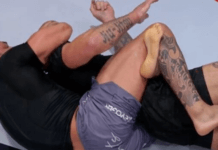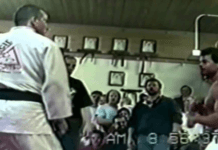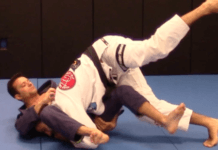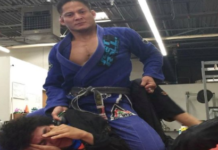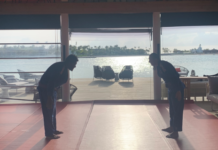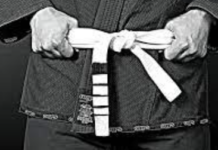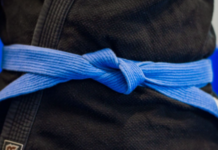From our earliest memories from childhood playgrounds to modern gyms today, one piece of training equipment is present. Sometimes that is a regular rope with two knots on its ending and sometimes it is a super light and thin, modern agility jumping rope. Probably this is a most accessible piece of training equipment on Earth and everybody can enjoy in the simplicity of the jumps, even elementary school kids. With such simplicity, it became a perfect training tool that can be used in many different ways.
The rope and how to jump
When it comes to rope jumping for BJJ, I cannot imagine a better reason for you to use it besides invested-returned ratio. In the very beginning, you need to invest a minimum amount of money to buy a jumping rope. Later you can get great training results with a minimum time invested. That invested-returned ratio is surely called efficiency and that is something everybody is looking for when they construct their training routine and start searching for their training tools. Next thing that is important to highlight is that jumping rope training is probably, with running, the easiest starting point when it comes to endurance training. Literary, the basic knowledge of holding a rope and a good amount of will for jumping is needed. I said holding the rope, but on which holding do I refer on.
The right way to start the rope jumping training for BJJ is to adjust the rope by holding the handles and stepping on the rope. After that, shorten the rope so the handles reach your armpits. If you are a complete beginner, you can start by holding both rope handles in one hand and swinging the rope to develop a feel for the rhythm. Next, without using the rope, you can start practice jumping. Very important thing to say is that jumping rope is a low injury risk type of workout and that is important to know if you are a beginner. Also, i would recommend that you jump barefoot and in a right surface. Do not jump on asphalt or concrete because that surface is too hard for you and injury risk in increased. Instead, try jumping on softer training surfaces like tatami or sand if you are outside.
Rope Jumping for BJJ
What are the key qualities that jumping rope has in training protocol. I would say that is a diversity of possible applications. Endurance training, HIIT training, body fat training, tabata protocol, warm-up… you name it. Rope can be used in any of these if it is done right. It can be used in a flexibility and mobility routine as an assistant tool if you are creative enough to use it.
If the pure muscle endurance is something you are looking for, you will have to obligate to longer time periods of jumping, which can be combined with endurance strength protocols. Today, it is possible to buy heavier ropes that are specially constructed for this purpose. Per
HIIT training, body fat melting protocols, Tabata…. all of these are very intensive. In these interval protocols, the high intensity and resting intervals are alternating. High-intensity interval demands a full engagement of your resources. Sometimes they last 20 seconds like in Tabata protocol and sometimes they go up to 60 seconds in other protocols, for more advanced practitioners. After that, a cool down and resting interval is coming. I would recommend you to chose lighter versions of ropes, agility ropes, for these types of training. These protocols are time-saving but they have better benefits than long jumping sessions. They target both aerobic and anaerobic capacities.
If body fat percentage is something you are targeting it is enough to mention that 15 minutes of high intensity protocols burns up to 250 calories. When you add a metabolism processes that are happening after the workout is over, the 15 minutes of intensive rope jumping can burn up to 400 calories. Here I think of excess post-exercise oxygen consumption in a first place.
How should I skip?
From my point of view, rope jumping in BJJ should primarily be used in warm-up drills as a working temperature raiser and in high intensity intervals protocols. In that way, you will get better benefits than from a long lasting skipping workout sessions. Also, skipping will not become boring for you. You can manipulate with intensity and volume in a such a easy way. If things become too easy for you , add a few seconds to working interval, or you can shorten the resting interval. Longer total amount of interval workout is also an option. It is a puzzle your personal arrangement by your individual needs and condition level.
With jumping rope, you will have a long lasting piece of equipment that will surely give you training benefits. Once you finish the rope jumping routine, be sure to give your calf’s a break and to stretch them. A three times a week routine is more than enough for a rope to show you all the benefits you can have. Double jumps, single leg jumps, cross jumps… It does not matter, just jump. In the end, a little advice; Skip the rope, don’t skip the workout. Check out the best Jump ropes on the market.


